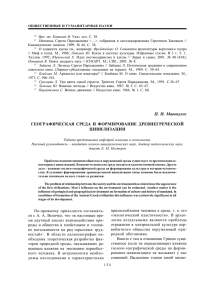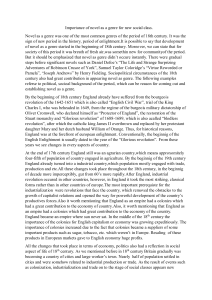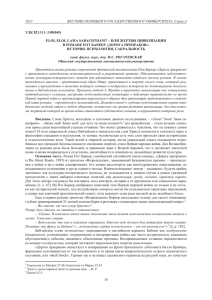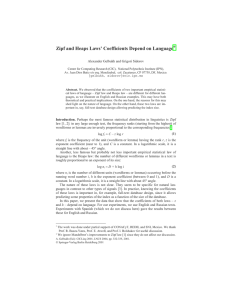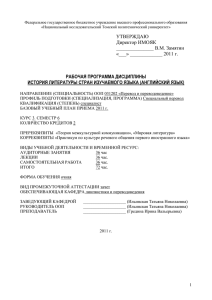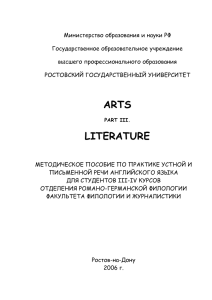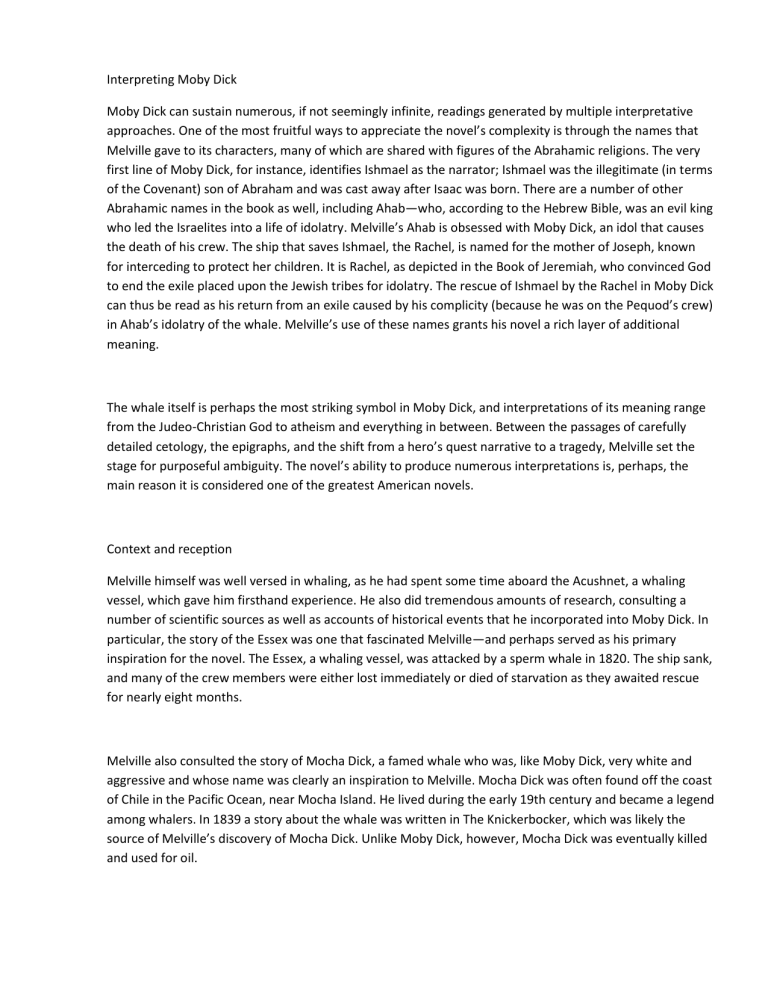
Interpreting Moby Dick Moby Dick can sustain numerous, if not seemingly infinite, readings generated by multiple interpretative approaches. One of the most fruitful ways to appreciate the novel’s complexity is through the names that Melville gave to its characters, many of which are shared with figures of the Abrahamic religions. The very first line of Moby Dick, for instance, identifies Ishmael as the narrator; Ishmael was the illegitimate (in terms of the Covenant) son of Abraham and was cast away after Isaac was born. There are a number of other Abrahamic names in the book as well, including Ahab—who, according to the Hebrew Bible, was an evil king who led the Israelites into a life of idolatry. Melville’s Ahab is obsessed with Moby Dick, an idol that causes the death of his crew. The ship that saves Ishmael, the Rachel, is named for the mother of Joseph, known for interceding to protect her children. It is Rachel, as depicted in the Book of Jeremiah, who convinced God to end the exile placed upon the Jewish tribes for idolatry. The rescue of Ishmael by the Rachel in Moby Dick can thus be read as his return from an exile caused by his complicity (because he was on the Pequod’s crew) in Ahab’s idolatry of the whale. Melville’s use of these names grants his novel a rich layer of additional meaning. The whale itself is perhaps the most striking symbol in Moby Dick, and interpretations of its meaning range from the Judeo-Christian God to atheism and everything in between. Between the passages of carefully detailed cetology, the epigraphs, and the shift from a hero’s quest narrative to a tragedy, Melville set the stage for purposeful ambiguity. The novel’s ability to produce numerous interpretations is, perhaps, the main reason it is considered one of the greatest American novels. Context and reception Melville himself was well versed in whaling, as he had spent some time aboard the Acushnet, a whaling vessel, which gave him firsthand experience. He also did tremendous amounts of research, consulting a number of scientific sources as well as accounts of historical events that he incorporated into Moby Dick. In particular, the story of the Essex was one that fascinated Melville—and perhaps served as his primary inspiration for the novel. The Essex, a whaling vessel, was attacked by a sperm whale in 1820. The ship sank, and many of the crew members were either lost immediately or died of starvation as they awaited rescue for nearly eight months. Melville also consulted the story of Mocha Dick, a famed whale who was, like Moby Dick, very white and aggressive and whose name was clearly an inspiration to Melville. Mocha Dick was often found off the coast of Chile in the Pacific Ocean, near Mocha Island. He lived during the early 19th century and became a legend among whalers. In 1839 a story about the whale was written in The Knickerbocker, which was likely the source of Melville’s discovery of Mocha Dick. Unlike Moby Dick, however, Mocha Dick was eventually killed and used for oil. Melville befriended fellow author Nathaniel Hawthorne during the writing of Moby Dick, which led to him dramatically revising the narrative to make it more complex. The novel is dedicated to Hawthorne because of his impact on Melville and the novel. Once the novel was published, the public was unimpressed. It sold fewer than 4,000 copies in total, with fewer than 600 in the United Kingdom. It was not until the mid-20th century that the novel became recognized as one of the most important novels in American literature.

